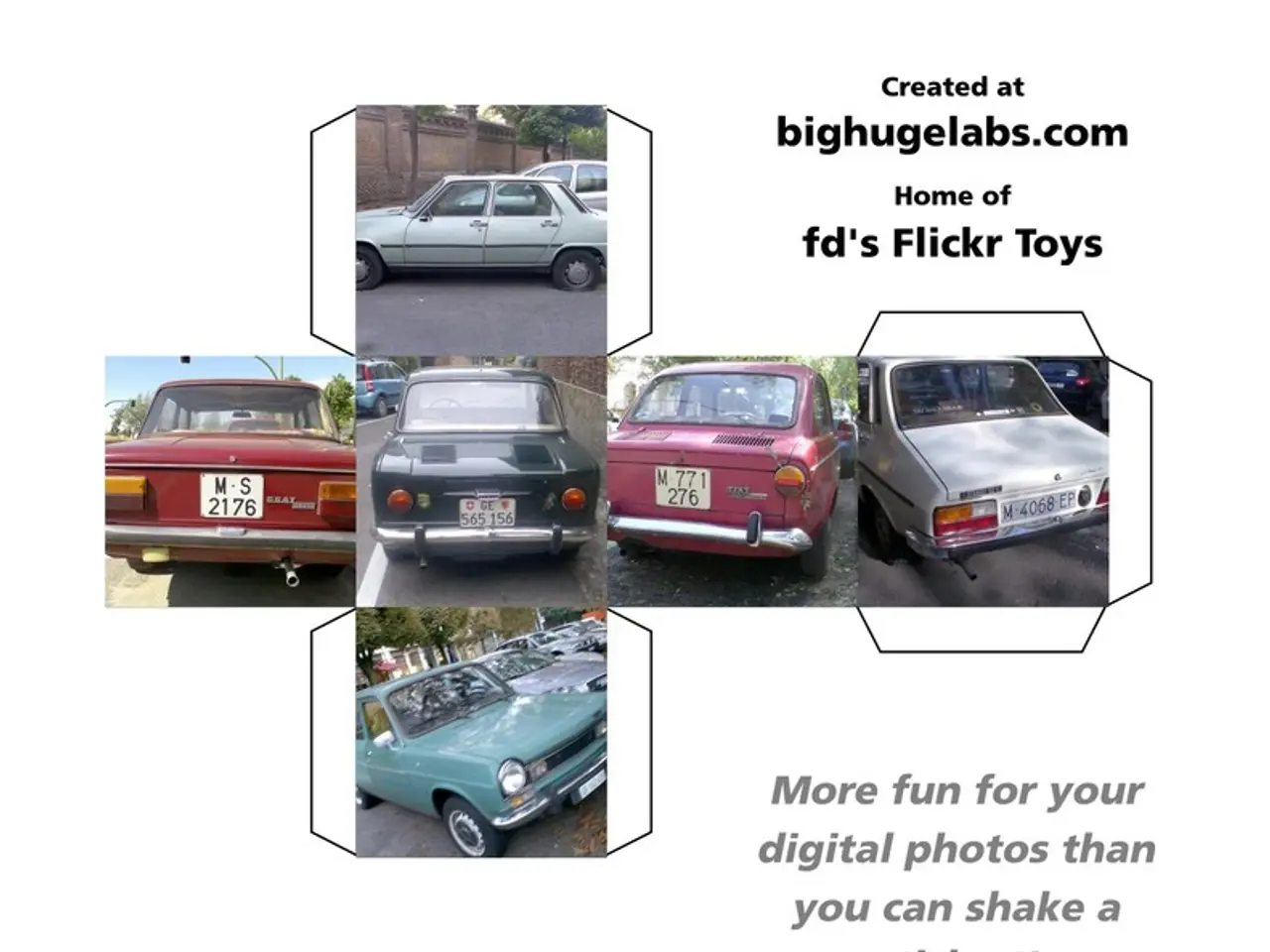Delay in introduction of electric pickup trucks and vans by Ford in the market
Ford is redefining its electric vehicle (EV) strategy to boost profitability and better compete in the global market, particularly against Chinese EV manufacturers. The new plan includes a significant investment in modernizing American production facilities, focusing on affordable electric vehicles, and the development of lower-cost lithium iron phosphate (LFP) batteries domestically.
Key components of Ford’s strategy:
- Universal EV platform: Ford is developing a common vehicle architecture that underpins multiple EV models with various body styles for work, play, and export. This shared platform reduces complexity by cutting parts, fasteners, and assembly workstations, resulting in faster assembly and lower costs.
- Manufacturing innovation: Ford aims to implement the most radical vehicle production change since the Model T. The company plans to use modern techniques for faster, cheaper assembly processes, revitalizing American manufacturing with union jobs preserved and created. Over 4,000 jobs are expected to be created or preserved at plants.
- Domestic battery production: Ford is focusing on making LFP batteries in the U.S. instead of importing from China. This move is intended to lower costs and reduce supply-chain risks.
- Profitability goal: Ford expects its new EVs, particularly its popular pickup style, to be profitable within 12 months of launch by combining lower production costs with additional revenue from software and services.
- Competitive positioning: Ford's CEO, Jim Farley, emphasizes that the company is not aiming to build the most EVs but to build a sustainable, profitable electric business with appealing products that outperform Chinese offerings on quality and value.
In summary, Ford's new strategy seeks to compete with Chinese EV makers by revolutionizing EV design and manufacturing to deliver affordable, profitable electric trucks and vehicles made with advanced domestic battery technology. All these are built on a flexible platform with streamlined production, representing a fundamental shift designed to create a durable competitive advantage in global EV markets.
Ford is also investing heavily in more durable internal combustion powertrains, adjusting its product introduction timelines to meet market needs and customer demand, and soon unveiling its future electric vehicle strategy. The large electric pickup truck initially scheduled for 2027 is now set to launch in 2028. Ford's production can adapt due to its alignment with powertrain flexibility.
[1] Ford Press Release: "Ford Announces $11.4 Billion Investment in Electric Vehicles, Batteries and Charging Infrastructure" (2021) [2] Reuters: "Ford aims to profit from electric trucks within 12 months of launch" (2022) [3] Ford Media Center: "Ford to Invest $3.5 Billion in U.S. Battery Cell Manufacturing" (2022) [4] Wards Auto: "Ford CEO Jim Farley: We're not racing to build the most EVs" (2022)
- Ford's new strategy is relying on a flexible universal EV platform, which will support various models across different body styles, while reducing complexity through shared components.
- The company plans to revolutionize vehicle production, employing advanced techniques for faster and cheaper assembly, and creating or preserving over 4,000 jobs in American manufacturing.
- In a bid to lower costs and minimize supply-chain risks, Ford is focusing on developing LFP batteries domestically, instead of importing them from China.
- Ford aims to profit from its new electric vehicles, particularly electric trucks, within 12 months of launch by combining lower production costs with additional revenue from software and services.




